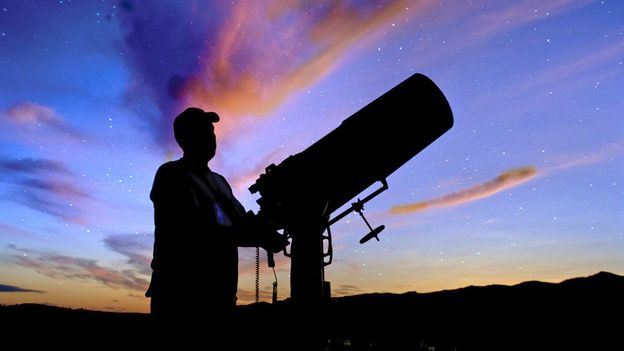



(again, using small planetary type camera - ASI185 this time). This image was done by using aperture mask and wratten #8 yellow filter: On the other hand, if you know few tricks - you can take achromat scope and remove chromatic aberration from it completely for a bit higher resolution work. Using same telescope with DSLR would give you this FOV: This image is actually 1280x1024 in size (or there about) - but I resized it down to show you what 100mm lens would create with above camera (which was really small planetary camera).ĬA is barely noticeable in this configuration. (you can barely make out Crescent nebula in that image). Here is an image that I took with SkyWatcher StarTravel 102mm F/5 scope: Most people don't like to think of using Achros for astronomy due to chromatic aberration - but CA is really not that big issue compared to lens. They are however diffraction limited optics and are meant for astronomy. Their downside is that they are not diffraction limited, often suffer CA and other aberrations wide open and they come in short focal lengths.Īchros on the other hand - have CA issues, their stock focusers are not up to task of holding DSLR (weight issues) and require much larger mount. Lens already have good focusing mechanism and direct attachment to DSLR (provided you get lens for camera model you have). Really depends on what you want to image.


 0 kommentar(er)
0 kommentar(er)
